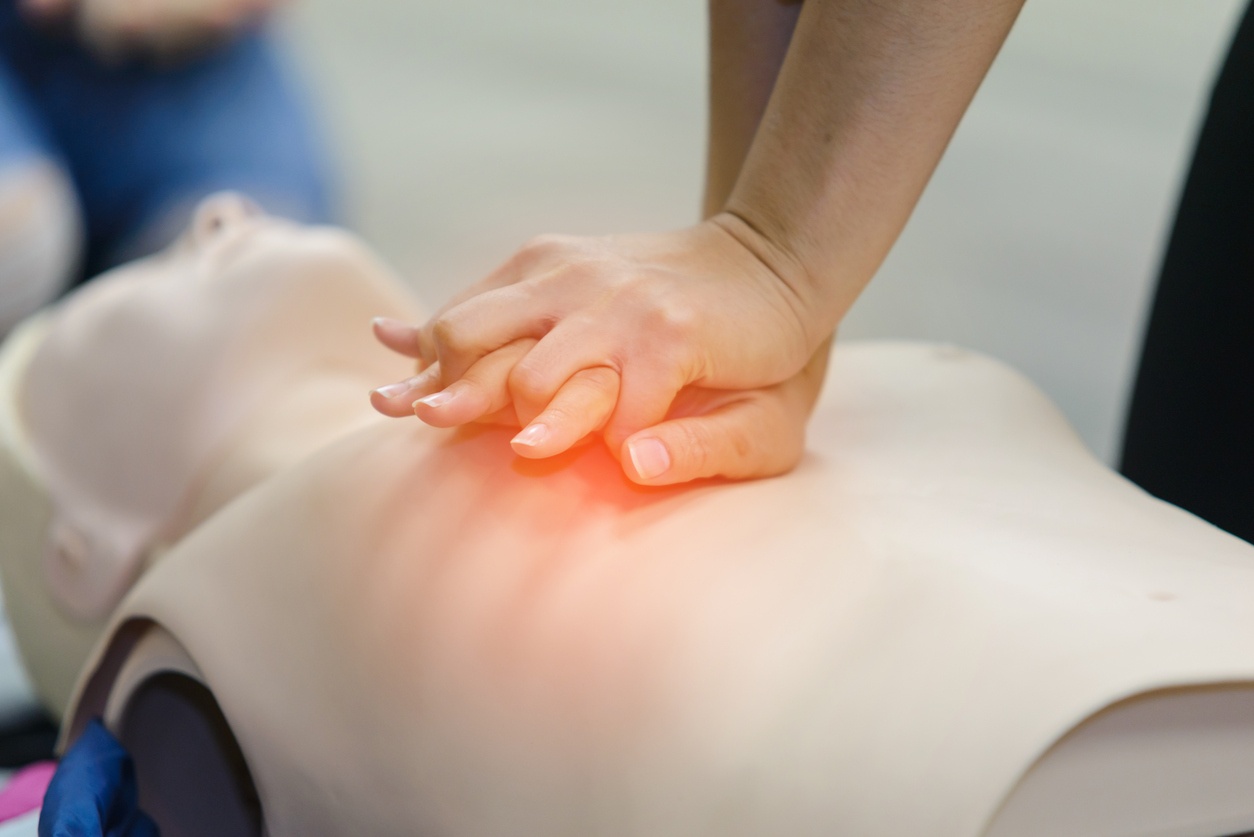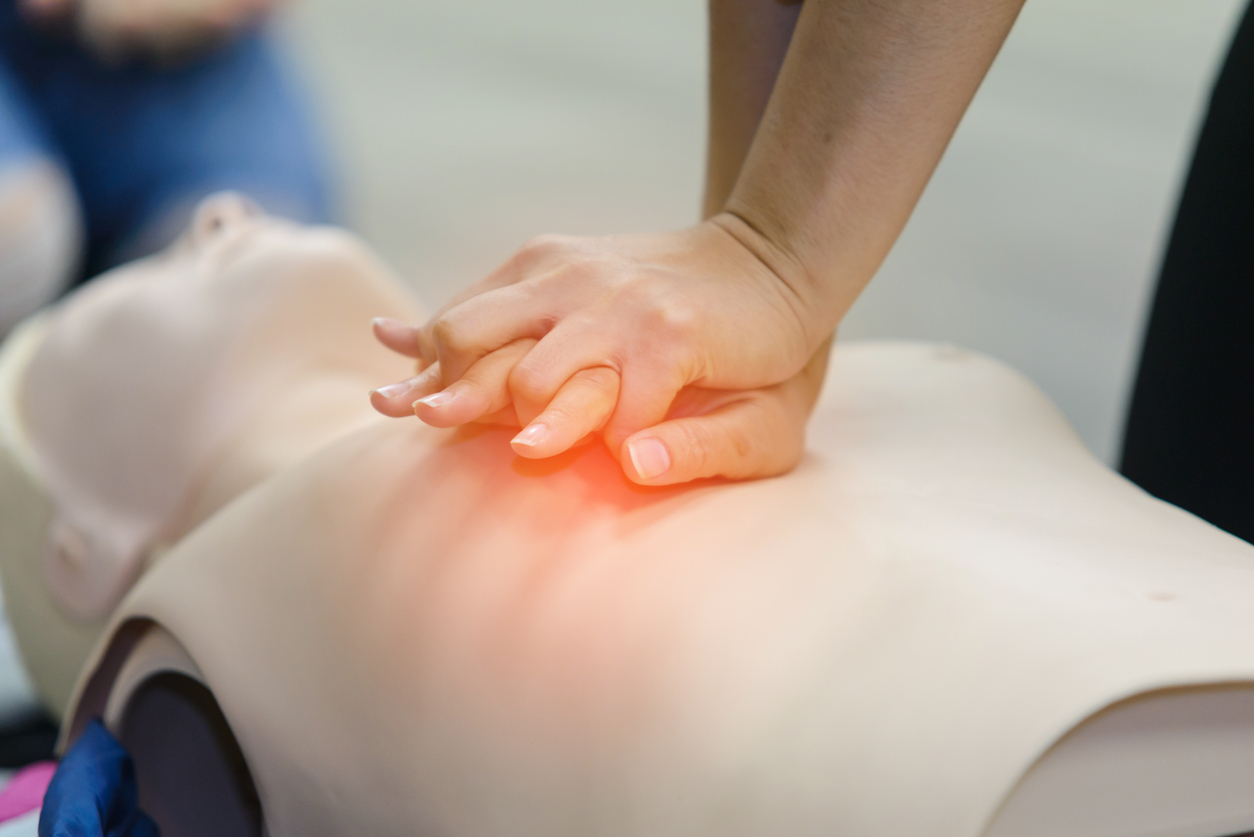
It is CPR and AED Awareness Week (June 1-7), a time to highlight the importance of cardiopulmonary resuscitation (CPR) training and how to use an automated external defibrillator (AED) device. Learning how to perform CPR and use an AED can be the difference between life and death.

In-person learning is gradually opening up as the COVID-19 vaccine is distributed. In most states, healthcare workers, including those in emergency medical services, are first in line to get their vaccinations. School nurses, nursing educators, and EMS personnel are often certified CPR instructors on top of their other job duties. As such, they are ...

It’s official. As of January 31, 2019, all CPR manikins used in American Heart Association (AHA) adult CPR courses must feature an instrumented directive feedback device (IDFD). Devices such as these provide real-time, audio-visual feedback as the CPR is being performed, allowing student performance to be evaluated in an immediate and ongoing ...

In August of 2017, the American Heart Association (AHA) issued a directive that will take effect on January 31, 2019 requiring the use of a feedback device in all their adult cardiopulmonary resuscitation (CPR) courses. These devices should “provide learners with real-time, audio-visual corrective feedback on aspects such as compression rate, depth, and ...

One out of 20 people will suffer a cardiac arrest in their lifetime; fewer than 25 percent of people are prepared to jump into action to help that person survive the event.









